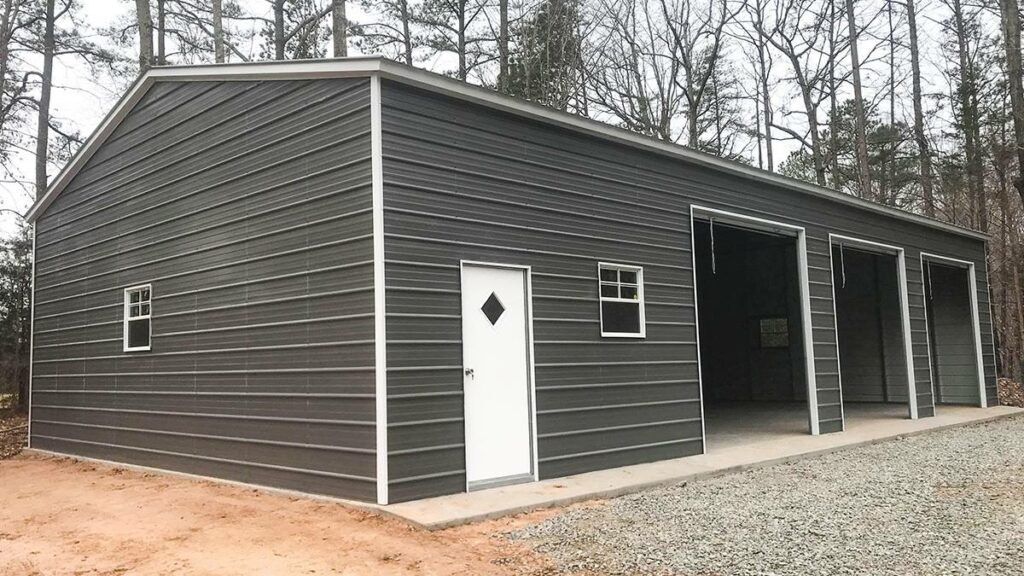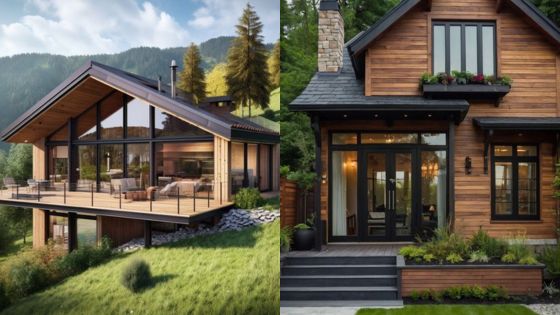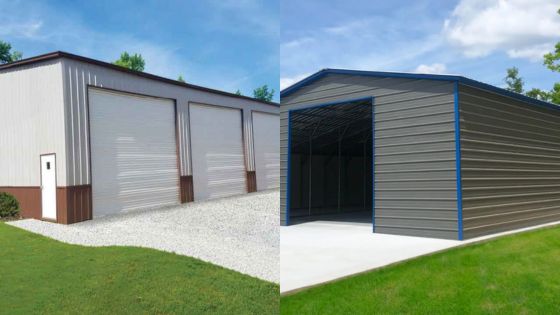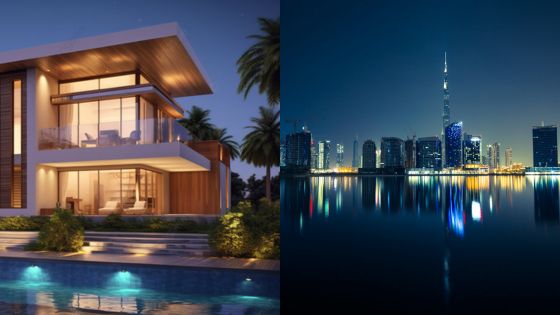Metal buildings, particularly the versatile 30×60 structures, are an excellent investment for various applications, from storage and workshops to commercial spaces. They are prized for their durability and low maintenance requirements. However, to maximize their lifespan and performance, proactive maintenance is essential. Here, we will delve into comprehensive tips for maintaining your 30×60 metal building, ensuring its longevity and durability.
Understanding the Benefits of Metal Buildings
Before diving into maintenance, it’s essential to understand why metal buildings are famous. Metal structures are:
- Durable: Resistant to rot, termites, and other pests.
- Weather-resistant: Built to withstand harsh weather conditions, including heavy rain, snow, and high winds.
- Fire-Resistant: Metal does not burn, providing an added layer of safety.
- Cost-Effective: Lower initial investment and reduced maintenance costs over time.
Tips For Maintaining Your 30×60 Metal Building
1. Regular Inspections
Schedule Routine Inspections: To keep your metal building in top condition, schedule regular inspections at least twice a year and after significant weather events. During these inspections, check for signs of wear and tear, including:
– Rust spots
– Dents or scratches
– Loose panels or fasteners
– Any signs of structural damage
Use a Checklist: Creating a maintenance checklist is a smart move. It helps you remember what to look for during each inspection, ensuring you don’t overlook any potential issues. Include items such as roof conditions, foundation checks, and wall integrity. This systematic approach is key to effective maintenance.
2. Cleaning
Keep It Clean: Dirt, grime, and other debris can accumulate on your metal building’s exterior. A dirty surface can lead to corrosion and decreased aesthetic appeal. Use a mild detergent mixed with water and a soft-bristle brush or sponge to clean the exterior surfaces. Avoid using abrasive materials, as they can scratch the finish.
Focus on Gutters and Downspouts: Gutters and downspouts are crucial in directing water away from the foundation. Regularly clear them of leaves, dirt, and debris to prevent clogs. This will help avoid water pooling and reduce the risk of rust and foundation damage.
3. Rust Prevention
Monitor for Rust: Even though metal buildings are designed to resist corrosion, it’s vital to watch out for rust. Inspect all metal surfaces regularly, especially in areas prone to moisture accumulation. If you spot any rust, address it immediately by sanding down the affected area and applying a rust-inhibiting primer.
Apply Protective Coatings: Consider applying a protective coating to your metal building. High-quality paints designed specifically for metal can provide a protective barrier against moisture and UV rays, prolonging the life of your structure. Regularly repainting every few years can significantly enhance its durability.
4. Foundation Maintenance
Inspect the Foundation: The foundation is crucial for the stability of your metal building. Regularly inspect it for cracks, signs of settling, or other damage. If you notice significant issues, consult a professional to assess the situation.
Grade Around the Foundation: Ensure the area surrounding your foundation is appropriately graded to promote water drainage. Water pooling near the foundation can lead to severe structural problems over time.
5. Structural Integrity
Check Fasteners and Connections: Over time, the fasteners and connections in your metal building may loosen due to temperature fluctuations and vibrations. Regularly inspect bolts and screws, tightening them as necessary to maintain structural integrity.
Look for Deformations: Check for any deformations in the metal panels, particularly after storms or heavy winds. Dents or warping can compromise the building’s strength and should be addressed promptly.
6. Insulation and Ventilation
Proper Insulation: Proper insulation is essential if your metal building serves a purpose that requires temperature control, such as a workshop or storage for sensitive materials. Insulating the building helps regulate temperatures and reduces condensation, which can lead to rust.
Ensure Adequate Ventilation: Good ventilation is critical to preventing moisture buildup inside the building. Consider installing roof vents, exhaust fans, or louvered vents to maintain airflow. This will help keep the interior dry and reduce the risk of mold and rust.
7. Pest Control
Inspect for Pests Regularly: Pests like rodents or insects can damage insulation and even the structure of your building. Regularly inspect for signs of infestations, such as droppings or nesting materials.
Seal Entry Points: Seal any cracks or gaps in the building’s exterior to prevent pests from entering. This simple step can save you from costly damage in the long run.
8. Proper Use and Organization of Space
Avoid Overloading: Be mindful of your building’s weight limits. Overloading can lead to structural damage. When storing heavy items, distribute the weight evenly and avoid stacking them too high.
Organize Your Space: An organized interior enhances safety and facilitates easier cleaning and inspections. Shelves and proper storage solutions keep items off the ground, minimizing moisture-related issues.
9. Seasonal Maintenance
Prepare for Seasonal Changes: Each season brings its own set of challenges for maintaining a metal building. In the spring, inspect for winter damage; in summer, check ventilation; in autumn, clear gutters and downspouts; and in winter, remove snow buildup from the roof if necessary to prevent excessive weight.
Adjust for Weather: Take the time to adjust any operational features (like doors and windows) based on seasonal weather patterns. This can help prevent long-term damage and wear.
10. Professional Help
Consult Professionals for Major Repairs: While the owner can often handle regular maintenance, some repairs and inspections should be left to the professionals. If you encounter significant structural issues, extensive rust, or pest infestations, it’s crucial to call in experts. Their expertise can prevent further damage and ensure the longevity of your building.
Consider Regular Professional Inspections: Engaging professionals for annual inspections can provide peace of mind. They can identify issues that may go unnoticed and recommend maintenance strategies tailored to your building.
Conclusion


A 30×60 metal building can provide years of reliable service when properly maintained. By adhering to these maintenance tips, you can ensure its longevity and durability, making the most of your investment. Remember, proactive care not only extends the life of your structure but also enhances its appearance and functionality. Regular inspections, cleaning, and prompt attention to issues are crucial to keeping your metal building in optimal condition. With these strategies in place, you can enjoy all the benefits your metal building offers for many years.
- 0shares
- Facebook0
- Pinterest0
- Twitter0



